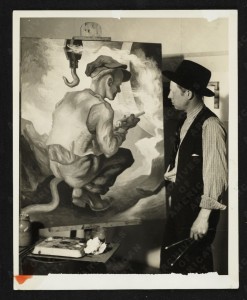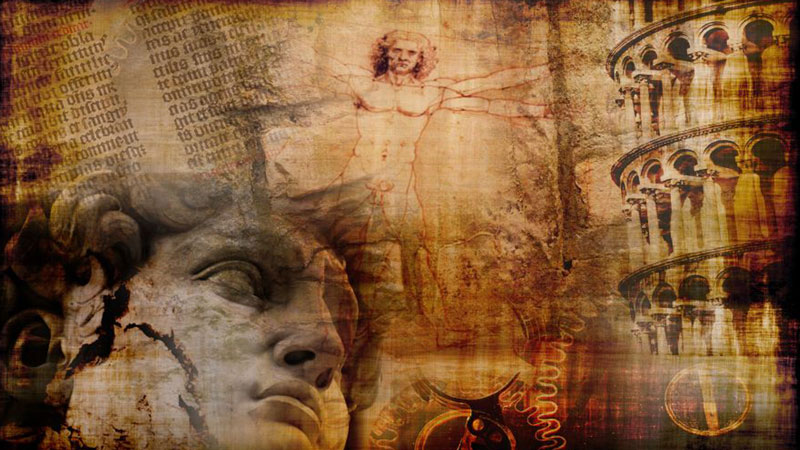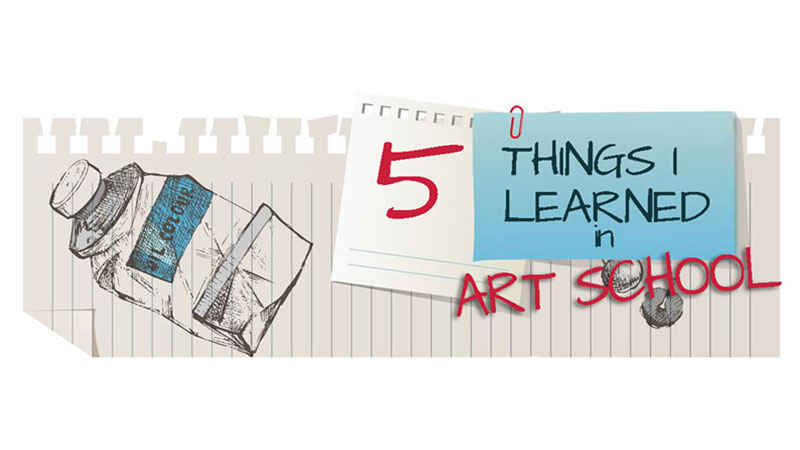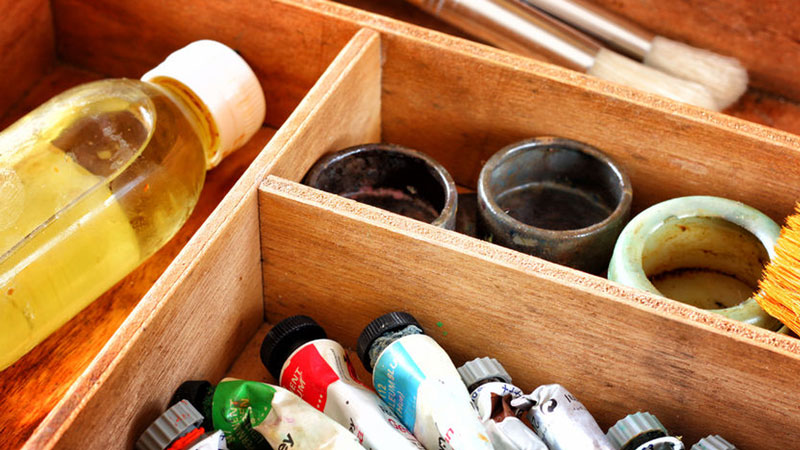
If truth be told, I bet most of us are rule followers. We are content to stay within the “boundaries”, protected by the walls of the rules. After all, the nail that sticks out gets the hammer, right?
The Rules Are Safe
Following the rules is safe. It won’t make you stand out, and it won’t get you in trouble. Safe.
But when it comes to making art, the rule followers aren’t rewarded for their conformity, nor do they receive any accolades for matching the status quo.
There are many “rules” that are seemingly associated with making art. Hold your pencil this way, or mix your colors that way, or paint on this surface with this specific medium – and the list goes on.
It is true that there are certain limitations to mediums that artists use, and knowledge of those limitations is important for success. Honestly, it is sometimes easy to get caught up in all of these regulations and believe that similar regulations exist for how we create. They don’t.
Art is art because it is made by an artist. Our artistic creativity should be limited by our creativity, not by some method of production.
True artists possess knowledge of media processes and are skilled in using the medium to communicate the idea. The vehicle in which the idea is communicated by the artist, the “voice” of the artist, is where the rules are shattered.
Ever Heard of Charles Pollock?
Let me offer an example of why “shattering the rules” is important. Did you know that Jackson Pollock had a brother that was an artist?

Charles Pollock was the eldest brother of the Pollock family and was a technically skilled artist. Yet, many of you probably never heard of him.
Considered a Social Realist, his work was decidedly different from that of his famous brother. It was safe. Charles Pollock was a rule follower.
Charles Pollock’s work actually appeals more to my own opinions about aesthetics than that of his younger brother. However, his work did not “break the mold” or change the “status quo”, so it remains relatively unknown to the world.
Later in his life, Charles begin to paint more abstractly, perhaps influenced by his brother’s success. But his later works never produced the acclaim of that of his brother.
Unlike his brother, Jackson Pollock was not afraid to break from the artistic conformities. His art, whether you like it or not, was different. It was this difference – this non-conformity, that set him apart, that placed his legacy in the art history books.
This non-conformity of “famous” artists is repeated looking back through time. It is the artists that change perception, or break the conformities that are remembered and revered. DeKooning, DuChamp, Monet, Picasso, Van Gogh, El Greco, and others are examples of artists that challenged the “standard”, setting themselves apart as not just artists, but visionaries.
The Challenge
Therein lies the challenge for artists today. With so much history behind us and with so much already pioneered in the visual arts, where do we make our brushstroke on the world? How do we set ourselves apart?
“There are more copies than originals among people.” – Picasso
There’s clearly no defined answer to this question. I think it important to continue to develop our technical skills, to become masters at them, while along the way search for our voice. And when the artistic voice is found, it must be shouted to be heard.
If so, join over 36,000 others that receive our newsletter with new drawing and painting lessons. Plus, check out three of our course videos and ebooks for free.





